In Part 1, we posed this question: Of the thousands of toys given to American girls and boys over time, what are the greatest? This writer, a lifelong toy collector and longtime toy columnist, decided to tackle that massive question. We started at the year 1900, we’ll exclude board and card games (surely worthy of their own list), and we’ll exclude athletic equipment. Not every selection may be your particular cup of pretend tea, but each one was chosen according to The Tom Morello Scale of “impact, influence, and awesomeness.” Here are the Greatest Toys from 1950 to 1978.
1952: Mr. Potato Head
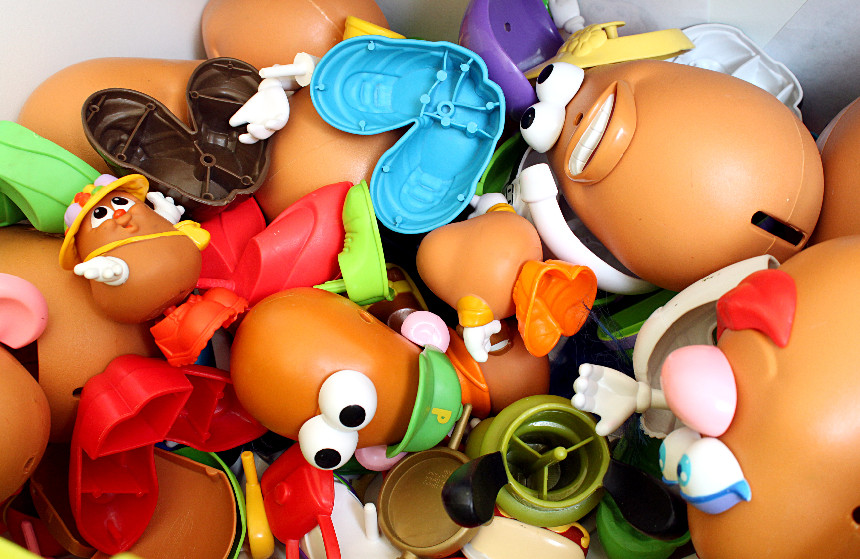
You would think that the memory of World War II would be a hurdle for, say, a soldier toy. But it represented a real obstacle for Mr. Potato Head. When George Lerner pitched his creation to toy companies, with the original premise of accessories that you stuck into actual potatoes, some companies passed because America still felt the shadow of war-time rationing and thought that such a use of food was wasteful. Lerner got a cereal company to bite, but the Hassenfeld Brothers caught wind of it and paid both Lerner and the cereal company to get ahold of the toy. By 1964, with stiffer regulations forbidding the pointy parts, the company, which would soon change its name to Hasbro, created plastic potato bodies for the newly blunt-ended parts.
1953: Matchbox
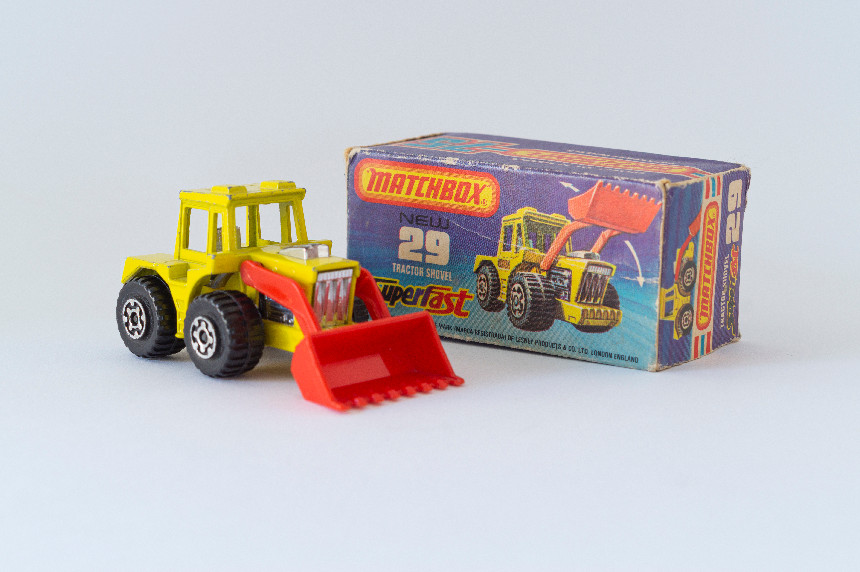
Only a handful of items can be said to be named after the box they come in. While Matchbox cars didn’t exactly come in a box of matches, the resemblance of said toy boxes in shape and size lent the toy line its name. The Matchbox line began with England’s Lesney Products. Co-owner Jack Odell invented a tiny car for his daughter to take to school (the school had a rule that kids could only bring toys that would fit in, you guessed it, a matchbox). His first creation was a road roller, followed by a cement mixer and dump truck. The die-cast metal vehicles caught on quickly and still have an ardent collector base. However, as you’ll see, 1968 made the toy car market into a real race.
1958: Hula Hoop

It’s harder to get your toy concept down to something as simple and inspired as the Hula Hoop. To be fair, hoop dancing using wooden or metal hoops has long been a part of various cultures. The Native American Hoop Dance uses the hoops to tell stories. Joan Anderson brought a bamboo hoop back to the States from her native Australia that she described as an “exercise hoop” and gave it the new name of Hula Hoop. Unfortunately, Arthur “Spud” Melin made a handshake deal to take the Hoop to market, and left Anderson and her husband out, claiming that he invented it. Hula Hoops were a craze shortly after release, and are still made today, albeit out of plastic.
1959: Barbie
This list wouldn’t be this list without the most popular fashion doll in the world. Still made by Mattel, Barbie remains a hit with kids and collectors alike. In 1964, William K. Zinsser looked into the phenomenon for the Post in the article “Barbie is a million-dollar doll.” You can read the original article below. As for Barbara Millicent Roberts (Barbie’s full name), the idea came from Ruth Handler, whose husband, Elliot, was one of the co-founders of Mattel. After discovering a doll in Europe that was similar to her idea, Handler worked with engineer Jack Ryan (more on him later) to put together their concept. Handler named the doll after her and Elliot’s daughter, Barbara. Interestingly, Barbie’s eyes looked to the side until 1971, when they were repositioned to look straight ahead.
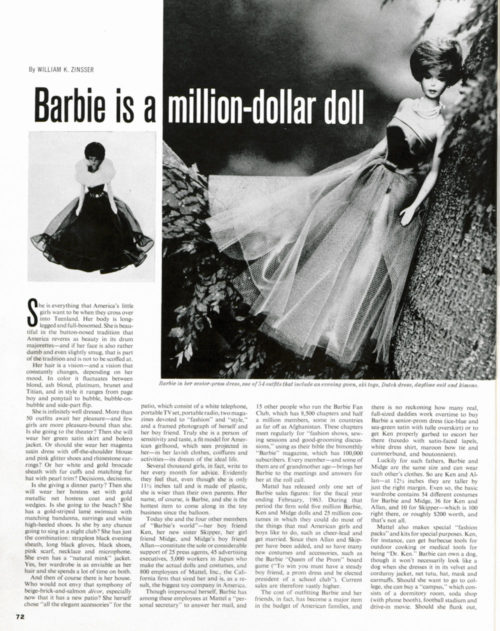
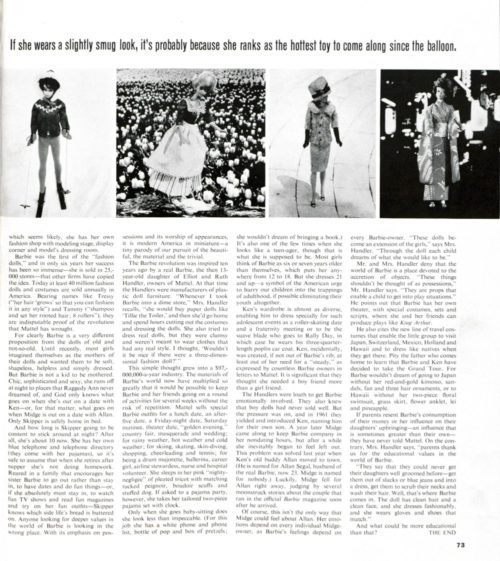
1960: Etch A Sketch
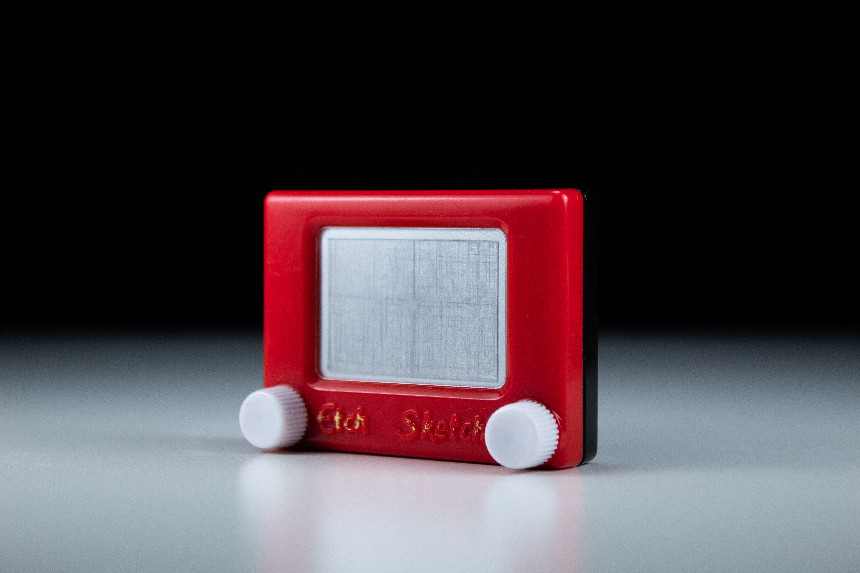
In case you’ve always wondered: aluminum powder is what makes the lines in an Etch A Sketch. The original concept was created as The Magic Screen by André Cassagnes; he took the idea to the 1959 occurrence of the International Toy Fair in Germany. The Ohio Art Company from the U.S. was there and took a look at Cassagnes’s idea twice; upon their second viewing, they made a deal and had the re-named Etch A Sketch out in time for the 1960 holiday season. Etch A Sketch is still on toy shelves, and even found a new surge in popularity after its appearance in the Toy Story films. The rights to the toy was purchased by Spin Master in 2016.
1963: Easy-Bake Oven
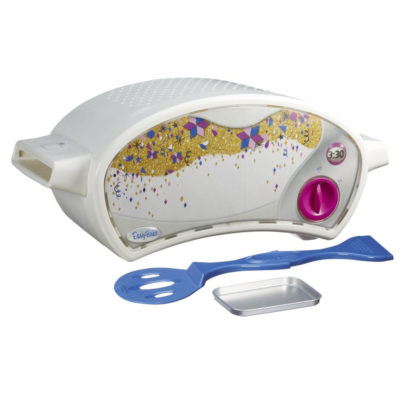
Light bulbs are commonly used to represent ideas. Here, the idea was the light bulb. The Easy-Bake Oven originally used a simple incandescent bulb (actually, two 100-watt bulbs) to bake, as the name suggests, easy recipes. The concept was apparently a welcome one, as Kenner sold 500,000 units in the first year. After Kenner was acquired by Hasbro in the ’90s, the oven continued in production; however, a real heating element replaced the bulbs. In 2012, after young McKenna Pope started a Change.org petition, Hasbro switched the colors and packaging to gender-neutral designs.
1964/1982: G.I. Joe
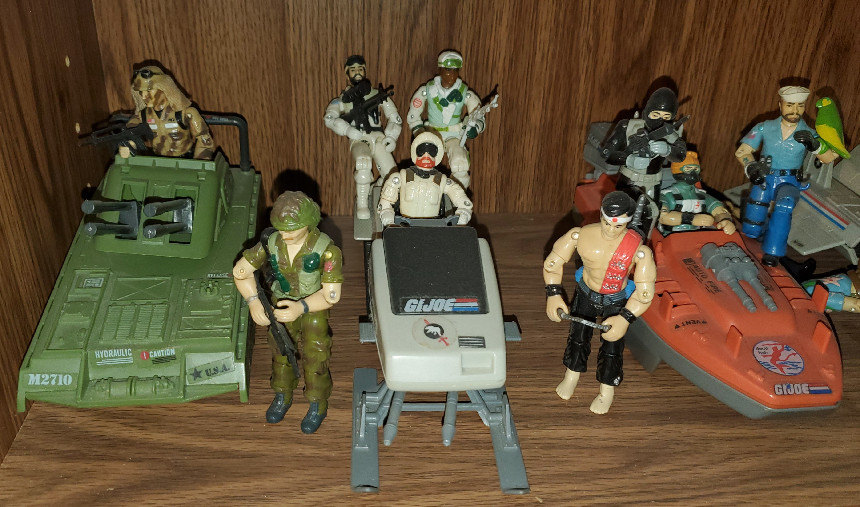
That’s not a typo; G.I. Joe really does get two different years. The 1964 creation was a poseable 12” character that was the first toy to use the term “action figure.” The original Joes had accurate cloth military uniforms reflecting different branches of service; in 1965, Hasbro took the inclusive step of introducing a Black soldier as well. The figures were a major success. However, with the cultural hangover that followed the Vietnam War, Hasbro experimented with more of an “Adventure Team” rather than realistic military concept. Figures were given the famous “kung-fu grip.” Despite these alterations, by the late ’70s, the momentum for Joe ground to a halt.
The brand was resurrected in 1982 in a new scale. Made in 3.75” size like the Star Wars line, G.I. Joe: A Real American Hero introduced G.I. Joe as “the code-name for America’s highly-special mission force; it’s purpose, to defend human freedom against Cobra, a ruthless terrorist organization determined to rule the world.” A unique cooperative deal between Hasbro and Marvel created Marvel Comics based on the new characters and promoted by animated commercials that sold both the comics and the toys. Most of the new characters’ personalities and backgrounds were created by comic book writer Larry Hama. The figures were a major success of the ’80s, leading to animated series and hundreds of figures and vehicles. Hasbro was able to bring back the 12” scale figures in various iterations as well. In 2020, Hasbro introduced a new 6” scale, G.I. Joe: Classified, featuring the RAH characters and targeted at the adult collector market.
1967: Lite-Brite
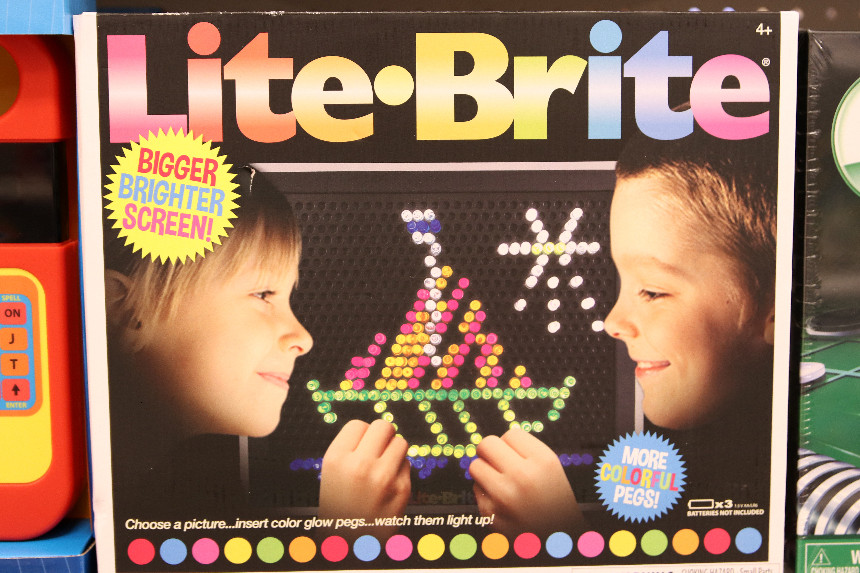
Joseph M. Burck invented Lite-Brite, which is, admittedly, one of the coolest artistic toys ever made. Lite-Brite is a light box with a hole-punched face. Black paper is clipped over the face that is either blank or has pre-made patterns (like vehicles, characters, etc.). Kids then punch through the black paper with colored pegs that are then illuminated by the light box, bringing the images that the kids make to bright life. The regular set is still sold by Hasbro today, containing 12 black templates and 200 pegs.
1968: Hot Wheels
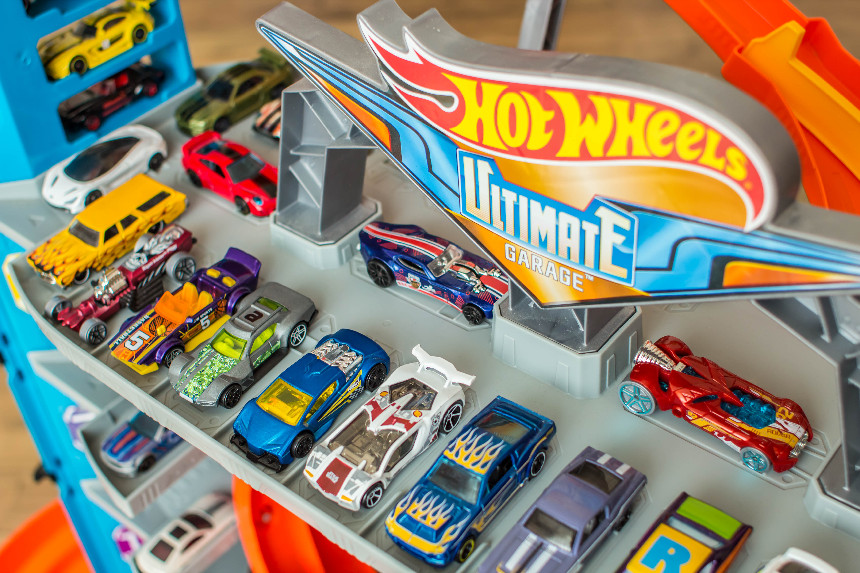
Elliot Handler appreciated Matchbox cars, but he had an idea to take them a step beyond the exacting production car style that line used. He liked the idea of custom cars like hot rods that had outsize accessories and decos like flame patterns. With another engineer, Jack Ryan, and actual car designer Harry Bentley Bradley, Handler saw his idea come to life in Mattel’s Hot Wheels. The original 16 cars and a race track became huge sellers, far exceeding expectations. Hot Wheels and Matchbox essentially went to tiny car war, battling for the attention of the market. That war ended in 1997 when Mattel purchased Matchbox; today Matchbox is a niche brand under Mattel, while Hot Wheels continues to enjoy major success.
1969: Big Wheel
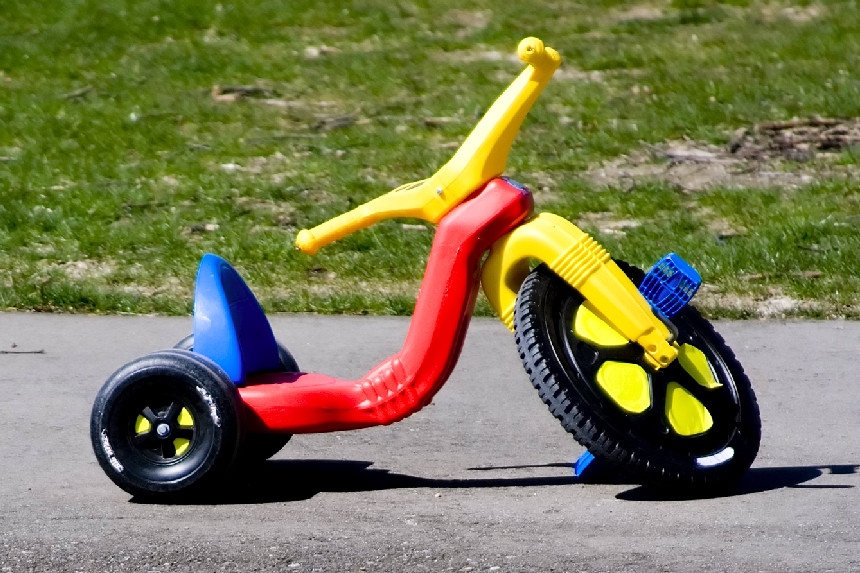
The Big Wheel is, on one level, a plastic tricycle. But it’s a low-rider with a huge front wheel and a handbrake that could allow spins if pulled at the right moment. So that made it infinitely cooler than a regular tricycle for kids that had aged out of the more traditional conveyance. The Big Wheel came from Louis Marx and Company, and they rode a wave of sales for most of the ’70s. Empire Plastics bought out Marx in the ’80s, and the various “big-wheeled” rides faded. However, The Original Big Wheel has returned under new ownership in a version extremely similar to the 1969 look.
1971: Mego 8” Figures
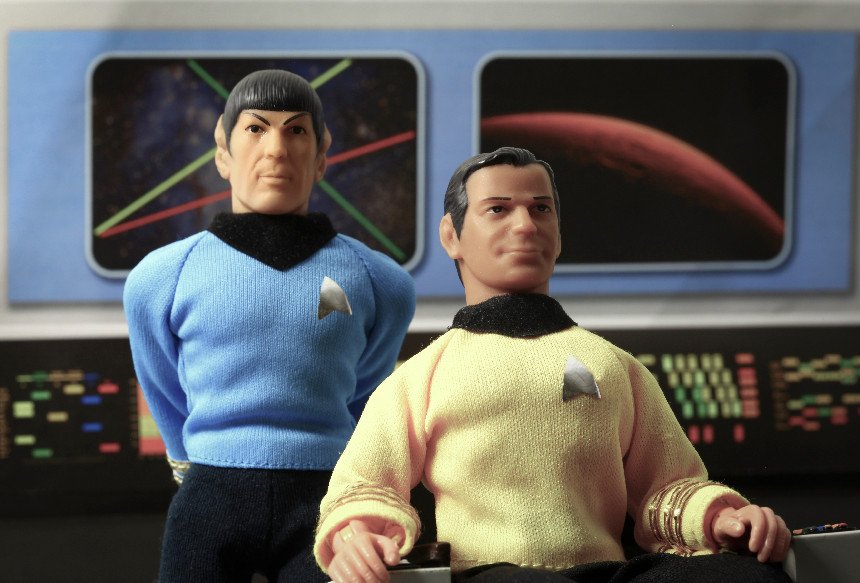
Mego’s action figures took the cue from G.I. Joe in that they had cloth uniforms. However, they began offering the Action Jackson line in an 8-inch, rather than 12-inch, scale. The military line did well in 1971, but faded. Fortunately for Mego, they applied the same body-type and cloth outfit to a much more successful expression, 1972’s World’s Greatest Super-Heroes! line. Mego secured the licenses for both DC and Marvel comics and made many popular characters, including Superman, Batman, Spider-Man, Captain America, Hulk, Wonder Woman, Iron Man, the Fantastic Four, and the Teen Titans, as well as characters like Tarzan and Conan the Barbarian. The success of that line fueled other 8” licenses, including Star Trek, Planet of the Apes, and The Wizard of Oz. Mego’s success was undercut in the late ’70s by the cultural earthquake that was Star Wars toys. After years of bankruptcy and legal battles, Martin Abrams reclaimed the rights to his family’s company name. In 2018, Mego began releasing 8” figures again, continuing classic lines like Star Trek and the super-heros with figures that they didn’t get to make the first time around.
1977: Atari 2600
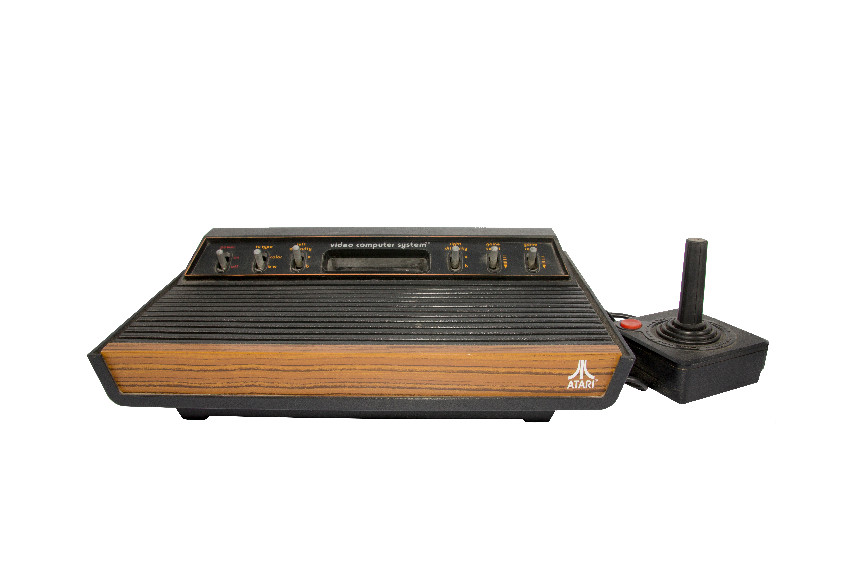
Yes, the rules said that we wouldn’t do board games. But when you have a gaming system that totally changes everyone’s expectations, you have to acknowledge it. The 2600 wasn’t the first home video game system; it wasn’t even Atari’s first home video game (that was Pong). But the cartridge-based system that allowed you switch between a huge variety of games (and controllers) made the 2600 a legitimate event. The graphics seem quaint today, but they were mind-blowing upon introduction. Atari has had their ups and downs over the decades, but they’re poised to return in 2021 with the Atari VCS 800.
1978: Star Wars
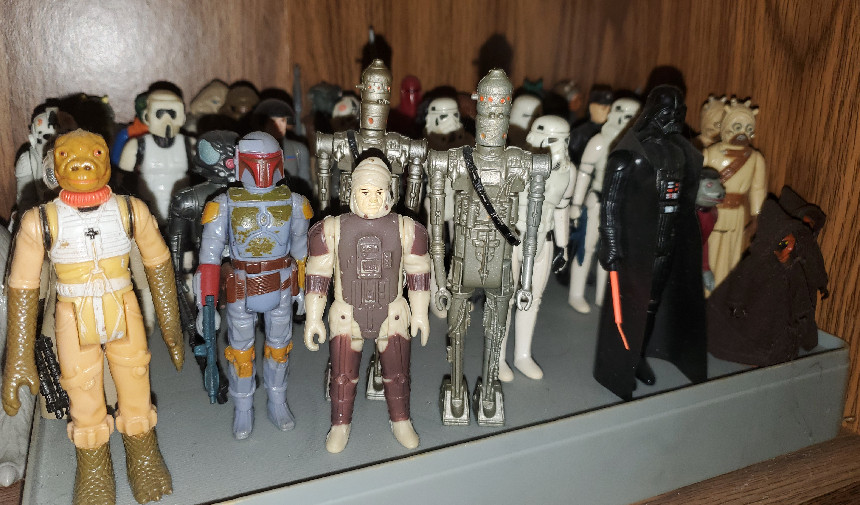
The story of the Star Wars toy line is almost like a folk tale at this point. With the film poised for release, licensing ace Mark Pevers made the effort to stir up interest with the various toy companies. Everyone passed on the license but Kenner. Acknowledging that having 12 or 8” figures would make producing the very cool vehicles cost-prohibitive, Kenner exec Bernie Loomis told design V.P. Dave Okada to make Luke (the figure around whom all other sizes would be based) “this big,” holding his thumb and forefinger apart. Okada measured the gap at 3.75” and the modern action figure scale was born. However, given the lateness of the license acquisition, there would be no way for Kenner to have toys ready for Christmas of 1977. Fortunately for them, the movie was box office dynamite, building major anticipation for the toys.
Taking an insane gamble, they put out the Early Bird Certificate box, allowing customers to buy what was essentially an empty box and mail in a certificate for the first four figures (Luke Skywalker, Princess Leia, Chewbacca, and R2-D2) that would ship to your house as soon as they were ready. When it hit stores, the Star Wars line exploded, dominating toy sales for years until the line cooled after 1983’s Return of the Jedi. After Star Wars began its 1990s return with the novel Heir to the Empire, the figures made a comeback in the mid-’90s. With the advent of new films by the end of that decade, Star Wars toys have been here to stay in a variety of scales. And if that kid from The Mandalorian has anything to say about it, they won’t be going anywhere for quite some time.
Become a Saturday Evening Post member and enjoy unlimited access. Subscribe now
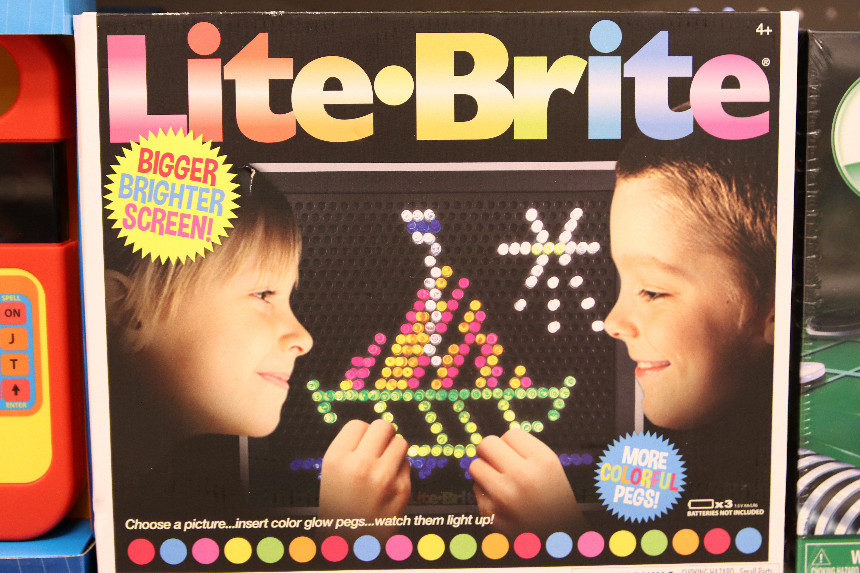


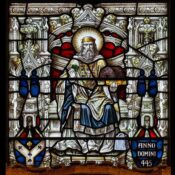
Comments
I recall getting the original Mr. Potato Head that required an actual potato. I have no idea who bought it. There was a box of parts, but whenever I asked Mom for a potato there wasn’t an extra one not needed for meals, or it would make a mess. I guess the toy was eventually thrown away. Someone must have thought it was a good idea. I’m glad that a smarter someone decided on including a plastic potato, so children could play with the toy.
Some of my toys from the groovy Soaring 60’s weren’t here but that’s okay. Those would include the Vac-U-Form, Creeple People Thingmaker and the Fun Flowers Thingmaker. My sister had the flower power. Those toys required heating up plastic to make these things which I’m afraid became a real safety/legal “no-no” not too long afterwards. Still, if it’s by Mattel, it’s swell!
Then there were the Revell plastic model cars. I could NEVER make that ’57 Chevy or ’65 Mustang look like the beautiful artwork on the box, with a happy boy looking and smiling at it. Mine were always a fiasco! An absolute MESS of airplane glue and paint that caused frustration, tears and more than one temper tantrum. I did have my Hot Wheels and the awesome racetracks (sold separately).
This would later lead to Bob’s Franklin and Danbury Mint car collections. 1:24, 1:18 models, and even one 1:12 model of a matador red ’57 Chevy (17″ long) from 2004 that does nearly everything—automatically! At $500, it was worth it and still is, even though I can’t IMAGINE being that extravagant now. Never! No. My ONLY Christmas present this year is a high-end 1:18 scale of the sexy ’68 Camaro RS/SS convertible—at $134+ tax and shipping.
As a Mexican beeing borned in Cd. Acuña Which is Del Rio´s counter part, I’ve had access to most of these toys, practically all of them, (Except Hoola Hoop) and they where wonderfull. I’ve had a great childhood.
Best Regards nd Happy Hollidays